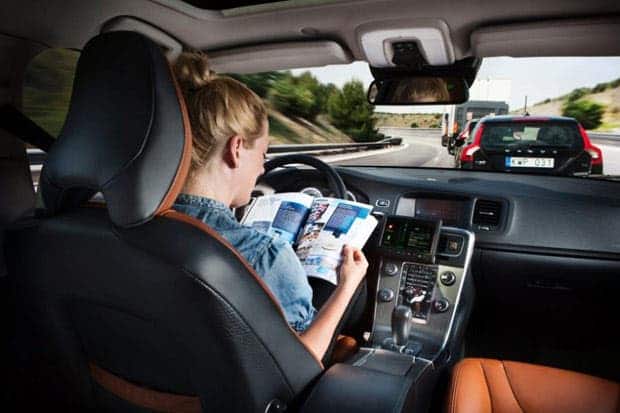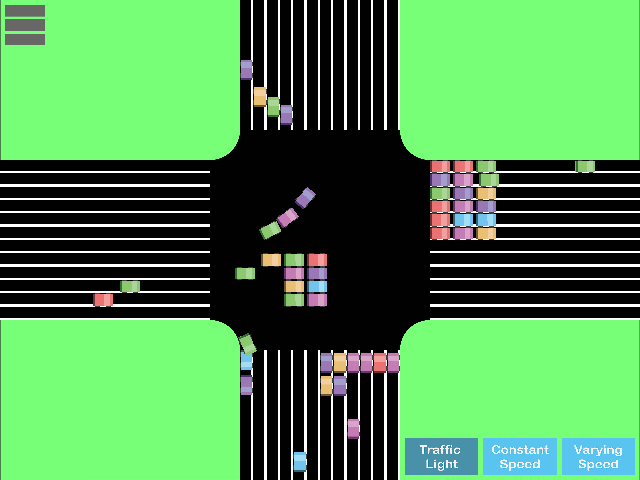Some people waste hours each day driving their car, time they could have otherwise spent better. You’ll still be trapped on the road in a self-driven car, but the added benefit is that you’ll be free to do other stuff – anything but stare into your windshield non-stop. According to a study made by McKinsey & Company, self-driving cars could generate billions of dollars a year in revenue from mobile internet services and products, even in situations where occupants only save a couple of minutes. Of course, we had it coming. What did you thought people would do with their spare driving time? Surf the internet, of course.

McKinsey projects that future owners of self-driving cars could save up to 50 minutes a day, some of which is likely to be spent surfing the web. According to their estimates, each minute that otherwise busy vehicle occupants spend on the web could generate about $5.6 billion a year. This grows to $140 billion if half their free time in the car, or roughly 25 minutes, is devoted to daily web surfing and shopping.
To profit from are not online business, but also auto manufacturers and major software developers which would supply the means to surf the web embedded in the car itself.
In the future, “people will be able to shop for services or products from their mobile devices or from embedded systems in the vehicle,” said Hans-Werner Kaas, senior partner and head of McKinsey’s automotive practice.
Self-driving cars may also mean a change in the industry’s paradigm. Established brands like Mercedes-Benz or Audi have always been at the spearhead of auto technology, and the two companies have some very interesting advanced driver assistance systems to boast. However, new players in the field like Google, Audio or Tesla Motors could totally change the game. Imagine the most popular car in the world twenty years from being a Google. Crazy!
Besides a direct revenue stream, self-driving cars could generate a lot of money indirectly – by saving lives. In 2012, there were 30,800 fatal car crashes. These crashes lead to the deaths of 22,912 drivers and passengers of cars, 4,957 on motorcycles, 4,743 pedestrians, and 726 on bicycles. I know you don’t like how this sounds, but the official value of a statistical life used by the Department of Transportation is $9.2 million, so if autonomous cars can save 30,000 lives a year this is a yearly benefit of $276 billion.
Then, there are people who are involved in car accidents, but don’t die. These range from $27,600 for a minor injury, to $432,400 for a moderate, to $5.4 million to unsurvivable. In total, the cost of crash injuries sit at about $189 billion.
Of course, this money would be generated or saved if most cars today were self-driving. Experts don’t expect self-driving to accelerate in their market penetration until 2025, but once they hit a critical level humanity might never look back. Driving your own car might become illegal. It’d be a crime to allow it if self-driving cars would indeed save tens of thousands of lives each year!
Something that’s rarely mention, however, is the time saved in traffic through the inherent optimization of self-driving travel. If all or most cars would be self-driving, these would constantly tweak their velocity and position for optimal travel. You’d drive (oh, the car at least) faster and there would be a lot less traffic jams. For a demonstration, check out this Android App made by a kind reddit user which simulates what an intersection will look like with autonomous cars.







